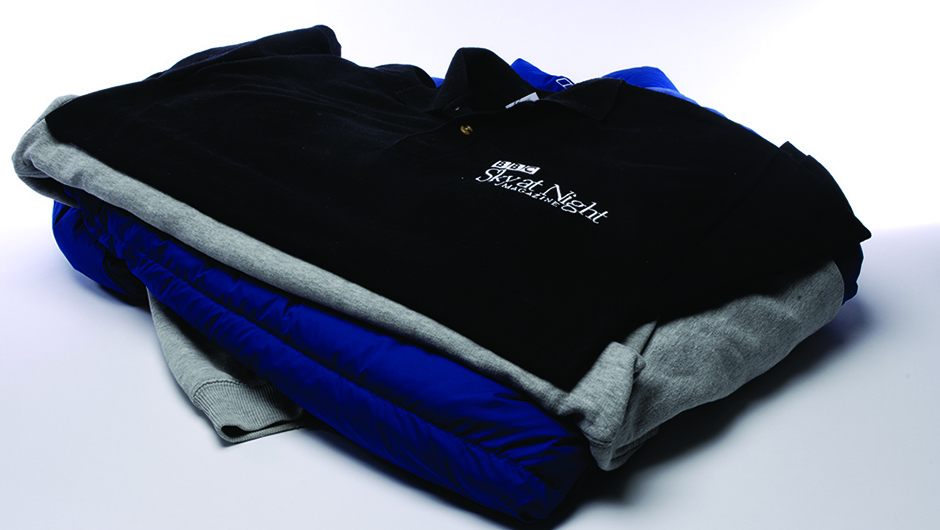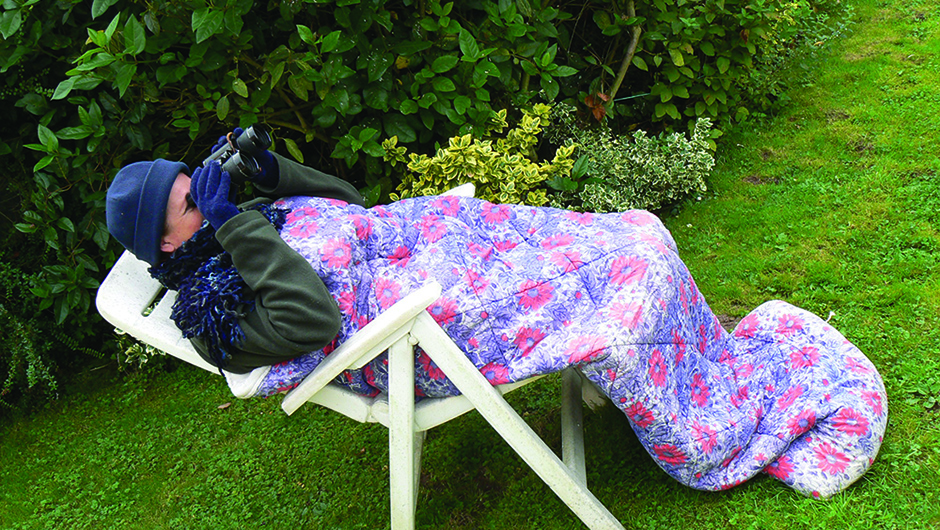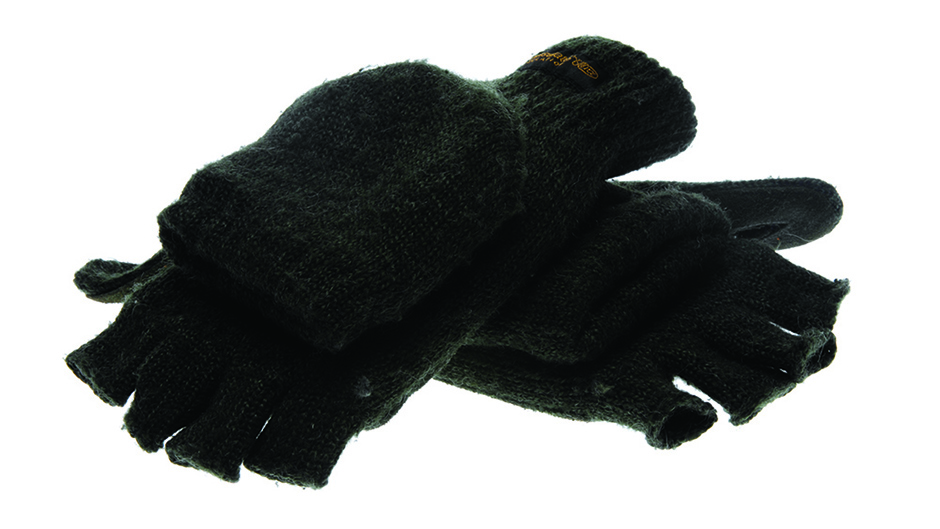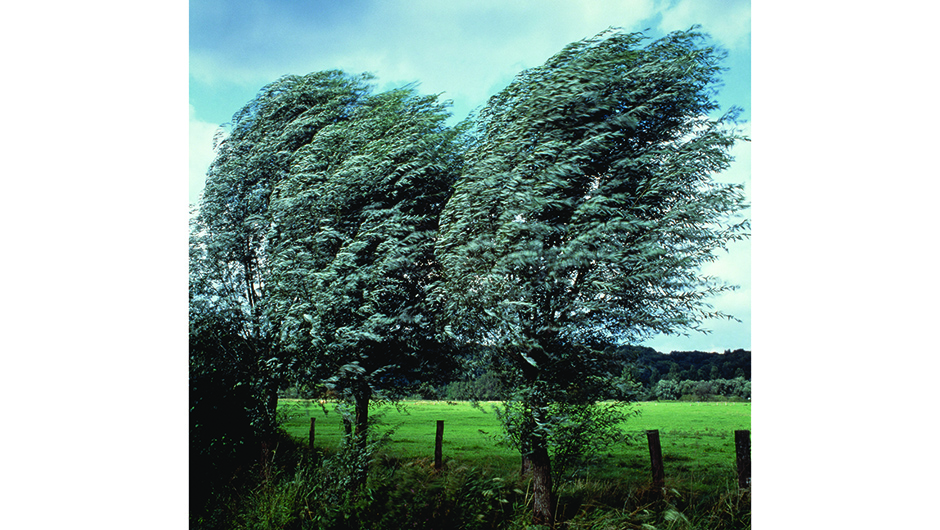When the winter nights draw in, it’s worth remembering that cold is – after cloud – the greatest enemy of active astronomers and even more likely to bring an observing session to an end.
Consider the two best meteor showers of the year: the Perseids and the Geminids.
One occurs during the balmy shirt-sleeve nights of early August, when mosquitoes are the only threat; the other occurs in December, when the temperature is often below zero and hypothermia stalks the unprepared.
Guess which of the two showers is the most observed?
Hat - Wear a lined hat that covers your ears or a balaclava that covers your cheeks and throat. A third of your blood flow is dedicated to keeping the little grey cells ticking over, so an uncovered head will quickly leak precious heat away into the air.
Heat pads - Keep a supply of rechargeable heat pads handy and periodically turn your pockets into a warm haven for your hands. This is especially useful after using an atlas; you won’t be able to turn the pages wearing gloves.
Insulated step - Make yourself a small, thermally insulated step. Standing on an old telephone directory wrapped in a plastic bag will mean you lose less heat through your feet to the frigid concrete, asphalt or brick while you’re looking through the eyepiece.
Jacket - Invest in a good quality, warm coat that doesn’t restrict your movement. It needs to be wind-proof and yet light enough not to feel a burden. It’s important that the small of your back isn’t exposed if you bend over at the eyepiece.
Layered clothing - Wearing multiple layers is the most effective way to prevent heat escaping from your body. A few T-shirts under a jumper, tracksuit trousers over normal trousers, and thin socks under thick socks works wonders.
Observing dangers
Hypothermia is a serious and insidious threat.
The great 20th-century American astronomer Clyde Tombaugh spent many nights in an unheated observatory while looking for Pluto; on one occasion he didn’t notice the onset of hypothermia and was only just able to stand up and walk somewhere warm to thaw out.
A little while longer and he might not have made it.
In this tutorial we show you how to safely observe in winter, so you can avoid suffering the same fate as the man who almost didn’t discover Pluto.
First and foremost, dress very warmly.
This may seem pretty obvious, but some people forget how long they spend outside on a good night and go out in ludicrously inadequate clothing.
For example, setting up a telescope and camera for imaging can take up to an hour.
Add another hour for finding, focusing and imaging an object, and then another spent revisiting favourite clusters or galaxies.
Suddenly three hours have passed.
Observing also involves standing still for extended periods of time, which means that your body is generating less heat than it would if you were moving about, and consequently you are more likely to feel the impact of a cold breeze.
It’s not like going Christmas shopping.
Those of you who go hill walking or skiing will have a head start in the warm clothing department.
You’ll probably already have the essentials: a wind-proof coat, scarf, lined hat, gloves, warm trousers and shoes with insulated soles.
Gortex was the fabric of choice at one time, but that’s now giving way to more advanced materials, so it’s well worth having a look in outdoor shops that specialise in warm clothing.
That’s not to say older coats are inadequate – a WWI greatcoat found in a charity shop will still be as warm as it was 95 years ago – but newer materials are lighter, more flexible and often more comfortable.
But no matter how good the coat is, you should augment its warmth by wearing multiple layers of thin clothing underneath.
Wearing one or two thick items just isn’t as good, because layers of thinner clothing trap air in between them to create insulating gaps – rather like in cavity wall houses.
Long johns can be a godsend in this context, so don’t be embarrassed: have a look through a Damart catalogue.
They may not be über-trendy, but they do the job.
Padded goose-down jackets are also great for staying warm and the good news is that they’re a bit more fashionable.
The cold war
On particularly cold nights, it’s vital that you pay close attention to covering your head.
This is where most of your body heat escapes from.
Consider wearing two hats, or hats designed for extreme weather, such as the Russian army ‘ushanka’, which has flaps that fold down to protect your ears.
Okay, you may end up looking like a KGB spy, but at least at 3am there will be few people around to get suspicious.
Be sure to choose your observing location with care.
Many will be limited by the position of nearby lighting, but where possible try to find somewhere that is sheltered from the wind.
In the lee of a hedge or bush, wind-chill is dissipated significantly and this can make a lot of difference.
You should also avoid standing on concrete or asphalt surfaces because these cool alarmingly fast and suck the heat out of you as they do.
Burn some fuel
Going outside on a full stomach will help you keep warm too.
Don’t overdo it, though: a really heavy meal will make you dozy, and don’t snack on sweets – they’ll burn off too fast.
Take something to nibble throughout the night; sandwiches, nuts, cereal bars or a warm slice of pizza (picnic cool boxes work well for keeping things like this warm) will all help.
Alcohol can work well, but be sure to drink in moderation, and warm drinks such as coffee and tea are an obvious choice.
Finally, consider using chemical heat packs to warm yourself up when you begin to feel the chill or for thawing out exposed fingers.
Motorbike riders also use electrically heated gloves or shirts – though this would require plugging yourself into a 6V lead acid battery, which is fine on a bike, but a bit of a pain when moving your telescope around.
Follow a good proportion of these suggestions and you’ll be able to extend your observing sessions well into the night to get more out of the sparkling skies of the midwinter.
 The only guarantee of your warmth is multiple layers.
A thin T-shirt covered by a shirt, under a sweatshirt, padded jacket and a windcheater is ideal.
The layers collect pockets of insulating air.
Don’t skimp and, if possible, get dressed in the warm.
The only guarantee of your warmth is multiple layers.
A thin T-shirt covered by a shirt, under a sweatshirt, padded jacket and a windcheater is ideal.
The layers collect pockets of insulating air.
Don’t skimp and, if possible, get dressed in the warm. Once outside, avoid going back in if you can, because any rapid changes in ambient temperature can increase the rate at which you lose heat.
Avoiding the indoors has the added virtue that your glasses or eyepieces won’t steam up.
Once outside, avoid going back in if you can, because any rapid changes in ambient temperature can increase the rate at which you lose heat.
Avoiding the indoors has the added virtue that your glasses or eyepieces won’t steam up. Once outside, keep moving.
If using a Go-To mount use the slew time to walk up and down the garden.
Alternatively, if imaging for a long while, consider using a deckchair with a sleeping bag and observe some meteors while the scope is slewing.
Once outside, keep moving.
If using a Go-To mount use the slew time to walk up and down the garden.
Alternatively, if imaging for a long while, consider using a deckchair with a sleeping bag and observe some meteors while the scope is slewing. Put on your gloves as soon as you go outside, and certainly before you touch any telescope metalwork – it will suck the heat out of you when it’s cold.
Once cold, hands warm up slowly.
Mittens that convert to fingerless gloves provide both warmth and dexterity.
Put on your gloves as soon as you go outside, and certainly before you touch any telescope metalwork – it will suck the heat out of you when it’s cold.
Once cold, hands warm up slowly.
Mittens that convert to fingerless gloves provide both warmth and dexterity. After a couple of hours and at intervals thereafter, have something to eat and drink something warm; soup is a good idea.
Later in the night, coffee or tea is helpful.
Remember that if you’re observing away from home you’ll have a car journey to stay awake through.
After a couple of hours and at intervals thereafter, have something to eat and drink something warm; soup is a good idea.
Later in the night, coffee or tea is helpful.
Remember that if you’re observing away from home you’ll have a car journey to stay awake through. Watch out for a rising wind.
Calm nights are common, but with the UK climate anything is possible.
When winds pick up, put back on any clothing you have taken off and make sure your scarf is still in place and that your coat is securely fastened.
Watch out for a rising wind.
Calm nights are common, but with the UK climate anything is possible.
When winds pick up, put back on any clothing you have taken off and make sure your scarf is still in place and that your coat is securely fastened.
